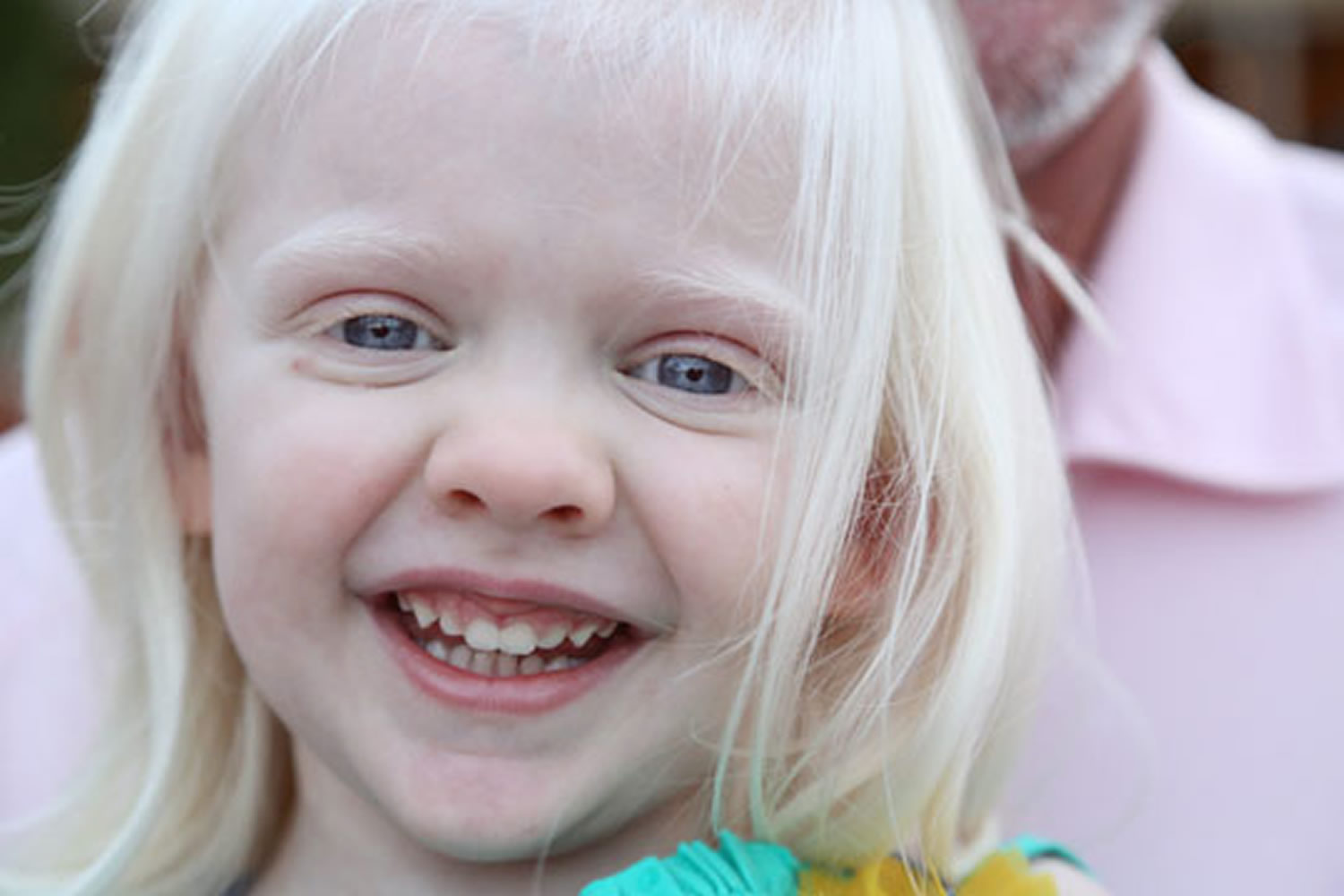Heartwarming Tips About How To Treat Albinism

Currently, albinism is incurable, and treatment aims either surgically or pharmacologically to optimize vision and protect the skin;
How to treat albinism. Albinism itself does not need to be treated, but the associated skin and eye problems often do. People with albinism are also sensitive to the effects of the sun, so they're at higher risk of getting skin cancer. There is no cure for albinism.
Oculocutaneous albinism is an inherited defect in melanin formation that causes diffuse hypopigmentation of the skin, hair, and eyes. If you have albinism, your skin and eyes are sensitive to damage. 5 min read what is albinism?
Many babies with albinism may seem to have severely impaired. You must manage the condition by being vigilant about sun protection. What you can do for your patients young patients with oculocutaneous albinism can benefit from traditional ophthalmological care and new low.
Treatment focuses on getting proper eye care and monitoring skin for problems. Medical care no potential effective treatment or cure exists for albinism, but the following may be helpful to improve quality of life in patients with albinism: Masego morulane / getty images albinism is a rare genetic condition that causes a reduction or lack of melanin.
However, novel therapies that aim to directly. Treatments mainly include taking care of the eyes and skin. Types, causes, and more overview symptoms who it affects causes diagnosis living with albinism.
You can protect your skin, hair and eyes. Melanin is the pigment that gives your skin, hair,. Albinism is when you’re born with little or no pigment in your hair, eyes, and skin.
Ocular albinism affects the eyes. There is no cure or treatment for albinism. What is the treatment for albinism?
Most people with albinism are otherwise healthy. You can, though, protect yourself against some problems it can cause. Abstract oculocutaneous albinism is an autosomal recessive disease caused by the complete absence or decrease of melanin biosynthesis in melanocytes.
With the aim of directly addressing the fundamental molecular errors in albinism, innovative therapies in animal models include the use of nitisinone, l. Albinism is a genetic disorder, and there is currently no cure. Diagnosis of albinism is based on:
Treatments for eye problems due to albinism. Right care skin, hair and nails understanding albinism: A physical exam that includes checking skin and hair pigmentation.
















